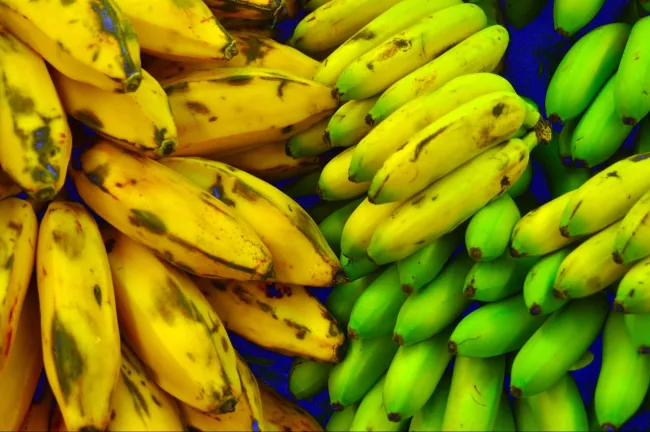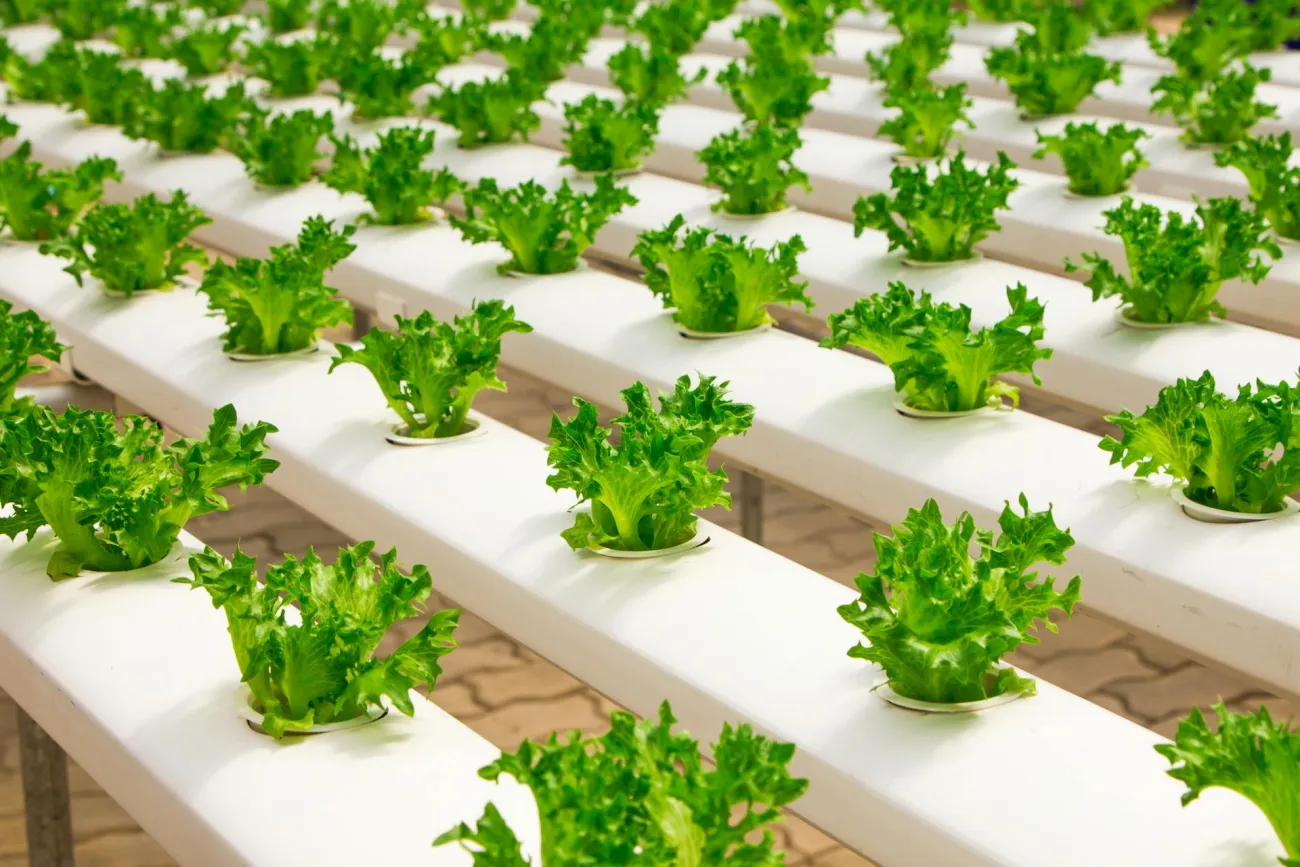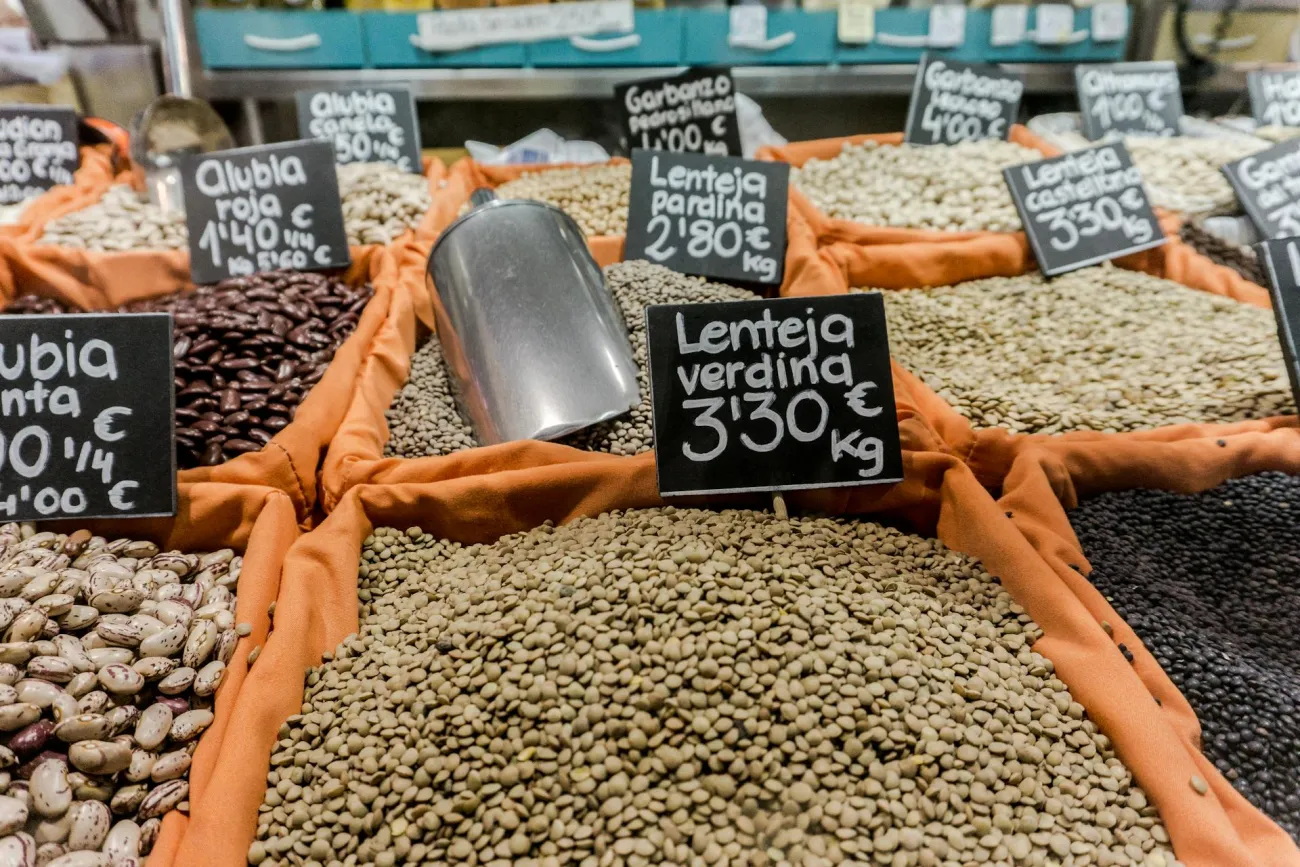This paper studies the impacts of several agricultural development projects (by USAID’s Feed the Future initiative) that aimed to tackle food loss and waste (FLW), finding that the interventions could reduce greenhouse gas emissions per unit of food produced.

The research used semi-structured interviews and a review of project documentation. The projects took place in Africa, Asia, Latin America, and the Caribbean and covered a variety of product types, including dairy (camel and cow), rice, maize and vegetables. Interventions included using airtight storage bags, improved refrigerated transport and use of processing equipment.
The quantity of FLW reduction was calculated by accounting for both agricultural yield and percentage of food loss or waste both before and after each intervention. FLW was reduced by between 32% (for rice) and 66% (for dairy), compared to original levels.
The paper also calculated the greenhouse gas emissions intensity per unit of product, accounting for carbon dioxide, methane and nitrous oxide. Not all projects decreased emissions intensity. For example, interventions for vegetables tended to increase emissions intensity, whereas dairy interventions tended to decrease emissions intensity (because dairy had higher initial levels of both waste and emissions intensity).
The paper notes that any reductions in emissions intensity do not necessarily translate to overall lower emissions if levels of production rise.
Abstract
Food loss and waste (FLW) reduce food available for consumption and increase the environmental burden of production. Reducing FLW increases agricultural and value-chain productivity and may reduce greenhouse gas emissions associated with feeding the global population. Although studies of interventions that reduce FLW exist, almost no research systematically investigates FLW interventions across multiple value chains or countries, most likely due to challenges in collecting and synthesising data and estimates, let alone estimating greenhouse gas emissions. Our research team investigated changes in FLW in projects supported by the United States Agency for International Development's (USAID) global hunger and food security initiative, Feed the Future. This was a unique opportunity to conduct ex-ante estimates of the impacts of FLW interventions across 20 value chains in 12 countries, based on project documents and interviews with USAID and project staff. This paper describes specific interventions in each value chain and country context, providing insight to interventions that decrease FLW at multiple points along food value chains, from upstream producer-dominated stages to downstream consumer-dominated stages. Amongst the sub-sectors studied, FLW interventions directed at extensive dairy systems could decrease FLW by 4–10%, providing meaningful greenhouse gas mitigation, since these systems are both emission-intensive and experience high FLW. More modest emissions reductions were found for other key agricultural products, including maize, rice, vegetables, fruits and market goods.
Reference
Galford, G.L., Peña, O., Sullivan, A.K., Nash, J., Gurwick, N., Pirolli, G., Richards, M., White, J. and Wollenberg, E., 2020. Agricultural development addresses food loss and waste while reducing greenhouse gas emissions. Science of The Total Environment, 699, p.134318.
Read the full paper here. See also the Foodsource building block What is food loss and food waste?




Comments (0)